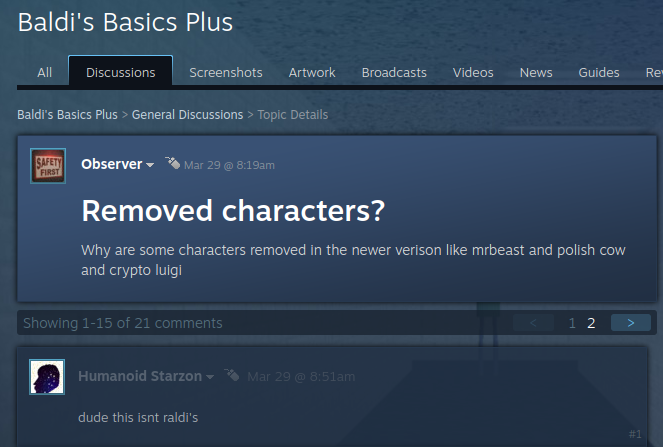Can anyone tell me what the x and z prefix in front of certain rom IDs means?
Are these unofficial roms?
A lot of x roms are demos but some are labelled "Kiosk".
Z roms seem to be alternative versions of existing games and bad dumps. Others appear to be real games e.g.
z107 - Jewel Match 3 (Europe) (En,Fr,De,Nl).nds and
z109 - Pillow Pets (USA).nds
Why are there z coded games?
Are these unofficial roms?
A lot of x roms are demos but some are labelled "Kiosk".
Z roms seem to be alternative versions of existing games and bad dumps. Others appear to be real games e.g.
z107 - Jewel Match 3 (Europe) (En,Fr,De,Nl).nds and
z109 - Pillow Pets (USA).nds
Why are there z coded games?





